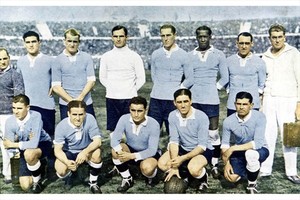Boudoir photography is a form of glamour photography and calls for specific studio lighting. Read on for recommendations for what you will need, whether you already have portrait studio lighting or are just starting out.
To begin with you will need standard studio lighting. I recommend three strobes to start with. You will need stands for these that are at least 10 feet tall. If your studio is in a home with eight foot ceilings you can use shorter stands, but your lighting won’t be as versatile. You will also need a way to trigger your strobes to flash with a device that attaches to your camera’s flash head. Pocket Wizard makes a nice wireless one that uses radio waves to fire the strobes. A light meter that works with flash lights will be needed to measure the light so you can adjust the strobes to get the proper exposure.
After you have the basics you will need to focus on light modifiers. Modifiers are attached to the lights to soften or direct the light. One of the cheapest is an umbrella. You attach these to the light and either shoot through a translucent umbrella or bounce your light off the inside back at your subject. Both of these methods will create a larger source of light, which will soften the effect. Remember that the larger your light source and the closer it is to the subject the softer the light will be. This means that shadows aren’t as harsh. This is a good thing for glamour and boudoir photography. Soft light flatters skin and is more forgiving if your client is moving around the set a lot.
Another type of modifier is a soft box. Get the largest softbox you can afford. This will give you the most options. You can always move it farther away from your subject if you want the light to be less soft. These come in many shapes. A rectangle is the most useful because you can turn it horizontal and vertical for different effects.
Snoots are used to focus small amounts of light onto an area. These can be very useful for hair lights, since you don’t want the light to spill all over; you want to aim it directly at the hair.
The easiest setup to start with is to set one strobe with a softbox at a 45-degree angle to your subject as a main light. Set another softbox further back and centered behind the camera as a fill light. The strobe with the snoot is set behind the subject and off to the side aimed at her hair to create a hair light. Move your main light back and forth to create softer and harsher light for different effects. You can play with your light ratios to add more or less fill light to use or eliminate shadows.
After you have mastered this basic light setup you can try more creative things with your lights. Try using one bare strobe to create moody lighting for stunning black and white pictures. A light centered above your camera and pointed down at the subject will create a butterfly pattern. This classic light pattern is perfect for glamour images and shows off artistic hair and makeup.
As your boudoir photography business grows you will want to add more lighting accessories to your arsenal, but this basic setup will help get you started and will provide you with flexibility to achieve glamorous boudoir lighting for your models and clients.

